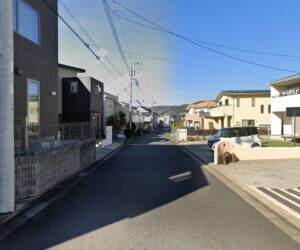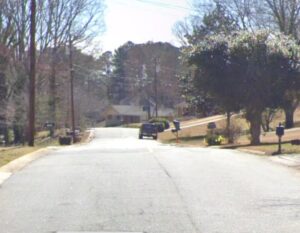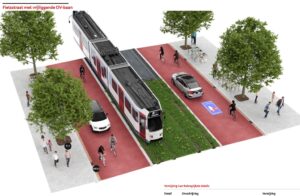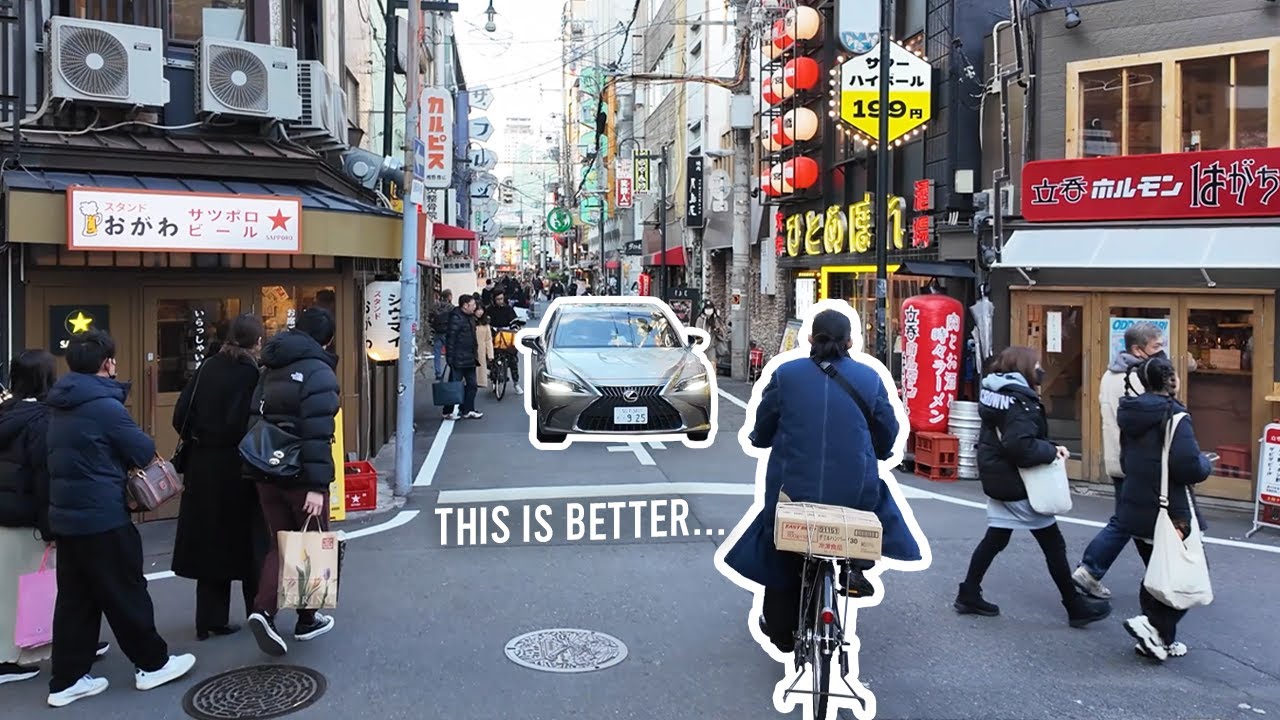I’ve been telling people for years how the narrowness of the streets in Japan is probably the best traffic calming device I’ve ever seen and works on almost every mode of traffic from large truck down to pedestrian. In the States, we build roads way too wide for their intended use, then complain later when we see people driving on them like mini freeways. The street I lived on in Japan was about 10 meters wide; the one I live on now is about 20. (Thats 30 and 60 feet respectively for us ‘Muricans)

I had to take the regular driving course to get licensed here as well; this is something different as well; if you want to drive in Japan, you spend US$3000 to go to driving school for 3-5 months. That never happens in the US, even for commercial truckers. The other thing is how the laws are enforced. Japanese traffic police are very good at their jobs, especially motorcycle and bike cops. The painted sharrows and Dutch style bike edge lanes are very recent, like in the last 5-10 years or so; what’s more at work here is just a long history of Japanese traffic law being very strict especially beginning in the mid 1990’s when it on-street parking was made illegal nationwide (something also not talked about by almost anyone, but is very noticeable to anyone coming to Japan.)
I’ll die on this hill: Laws are only as good as their enforcement, adherence and understanding. Learning to drive, ride, and even walk as a pedestrian in Japan is something that is reinforced and understood by the vast majority and that’s the main reason why you see things the way they are.

Japan still has significant progress to make in terms of car versus bike/pedestrian safety. A few years ago, a dear friend of mine was fatally struck by a car while crossing mid-block on a busy road in Nagoya. He was on his bicycle, and although I’m not fully aware of the details, the police indicated that the primary cause was his decision to cross a major road at night outside of the crosswalks, on what is known as a “stroad“. Such incidents are often attributed to “user error”, and it’s uncertain if any design changes could prevent these types of accidents. Nonetheless, it’s somewhat consoling to know that this is the only traffic fatality I’ve experienced in Japan, compared to six I’ve known in the US over a similar period of about twenty years. I lived in Nagoya for three years about 13 years ago and it’s known for being the place with the most traffic safety issues per capita in Japan due in part to its wider than average boulevards and a relatively lower public transit coverage plus higher car dependence and sprawl when compared to Osaka and Tokyo metros (which is still way better than the typical American city anyway). This is Toyota and Mitsubishi’s hometown after all. Even still, there are places like Sakae and Hisaya-Odori Park along with lots of underground pedestrian plazas that serve to help keep the center of town first class for pedestrians and separate from car traffic.

By implementing road diets to narrow streets, creating space for multiuse trails, encouraging lower speeds through design rather than solely by law, and designating residential areas as “living streets,” we can enhance pedestrian safety and reduce wear and tear on vehicles. This is something that doesn’t need to be done in one go; it can be done in phases as streets come up for reconstruction, can be done with just a little bit more money than said maintenance, and has been successful in the vast majority of places it has been implemented. I’ve been reading books like Building the Cycling City and even the Amsterdam Red Book for urban mobility to gather some of these points. I cannot stress enough how much better life in the suburbs would be if we made better use of the space we have by ceding a chunk of it away from automobiles and back to human beings.


Leave a Reply